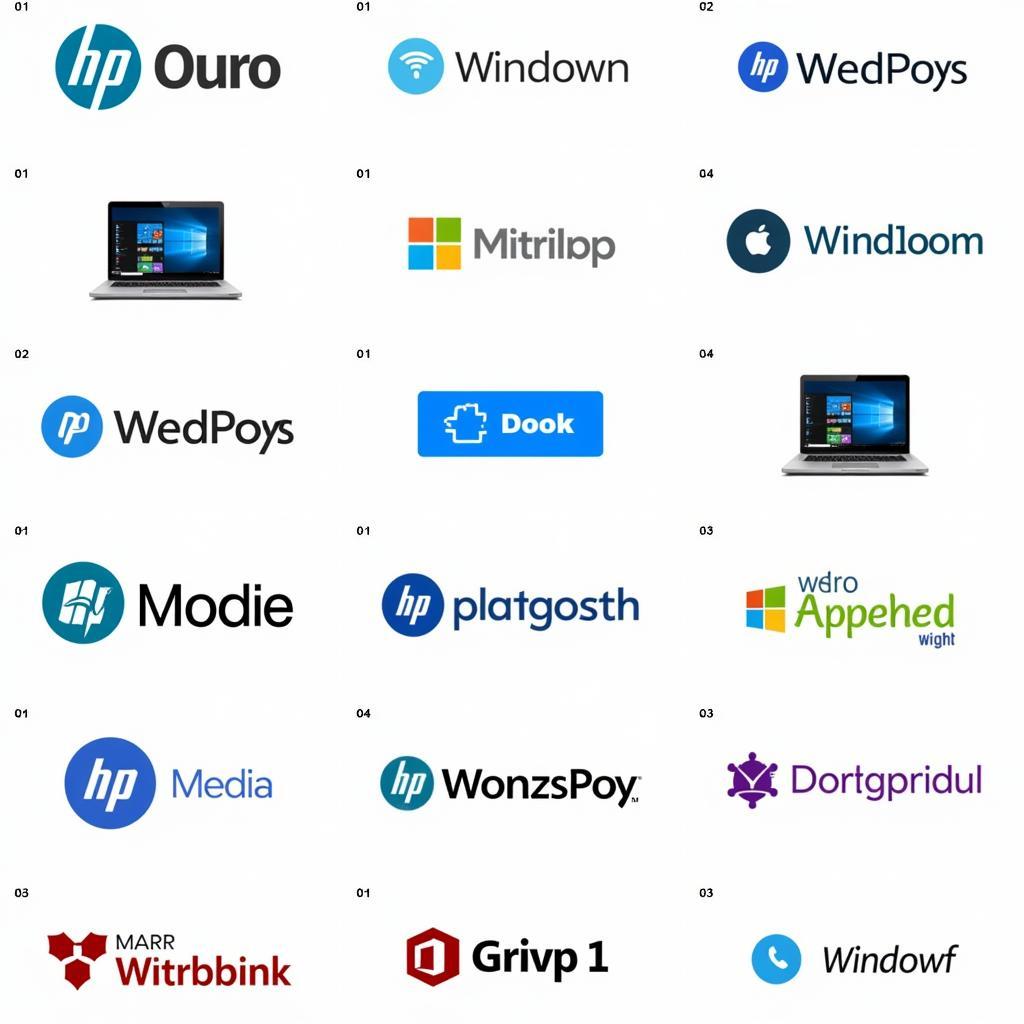A “Check Engine” light glaring from your dashboard can be a real downer. But before you rush to a mechanic, a Car Diagnostic Tool Can Obd2 Codes and potentially save you time, money, and a whole lot of worry. This guide will dive into the world of OBD2 codes, how these handy tools decipher them, and how you can use this information to keep your car running smoothly.
What are OBD2 Codes and Why Should I Care?
Think of OBD2 codes as your car’s way of talking to you – or rather, to a diagnostic tool. OBD2 stands for On-Board Diagnostics, generation 2, a standardized system present in most cars manufactured after 1996. When your car’s computer detects a problem in the engine, emissions, or other critical systems, it generates a specific code stored in its memory.
These codes, formatted as a combination of letters and numbers, pinpoint the potential source of the problem. While a basic code reader can simply display these codes, a more advanced car diagnostic tool can OBD2 codes to provide you with a more detailed description of the issue.
Choosing the Right Car Diagnostic Tool
Not all diagnostic tools are created equal. They range from simple code readers to professional-grade scanners with advanced functionalities. For the average car owner, a mid-range tool that not only reads and interprets OBD2 codes but also offers some additional features like:
- Live Data Stream: This feature provides real-time information from your car’s sensors, such as engine RPM, coolant temperature, and oxygen sensor readings, allowing you to monitor your car’s performance.
- Freeze Frame Data: When an error code is triggered, this feature captures a snapshot of your car’s sensor readings at that specific moment, providing valuable clues for diagnosing intermittent problems.
- Smog Check Readiness: This feature checks if your car’s emission system is ready for a smog test, saving you a potentially wasted trip to the testing center.
For DIY enthusiasts and small workshop owners, investing in a more advanced diagnostic tool with features like bi-directional control (allows you to test components) and ECU coding (modifies your car’s computer settings) might be worthwhile.
How to Use a Car Diagnostic Tool
Using a car diagnostic tool is generally straightforward:
- Locate the OBD2 Port: Usually found under the driver’s side dashboard.
- Plug in the Diagnostic Tool: Turn the ignition to the “on” position (engine off).
- Read the Codes: Follow the tool’s instructions to read the stored codes.
- Interpret the Codes: Use the tool’s built-in database or an online resource to understand the meaning of each code.
- Clear the Codes: After addressing the underlying problem, use the tool to clear the codes from your car’s memory.
flash drive diagnostic tool are particularly convenient as they allow you to easily transfer the retrieved codes to your computer for further analysis.
Common OBD2 Codes and What They Mean
While a car diagnostic tool can OBD2 codes for you, understanding some common codes can give you a head start:
- P0420 Catalyst System Efficiency Below Threshold (Bank 1): This often indicates a failing catalytic converter.
- P0301 Cylinder 1 Misfire Detected: This code signals a problem with the ignition system or fuel delivery in cylinder 1.
- P0171 System Too Lean (Bank 1): This suggests that the engine is receiving too much air or not enough fuel.
- P0135 O2 Sensor Heater Circuit Malfunction (Bank 1, Sensor 1): This indicates a problem with the oxygen sensor’s heating element, affecting its ability to measure exhaust gases accurately.
Beyond Code Reading: The Real Power of Diagnostic Tools
A common misconception is that car diagnostic tool can OBD2 codes and that’s it. However, these tools offer much more than just deciphering cryptic codes. They empower you to:
- Diagnose Intermittent Problems: Freeze frame data can help pinpoint issues that occur sporadically and might not be present during a mechanic’s inspection.
- Monitor Car Performance: Live data streams allow you to track your car’s vital signs and identify potential problems before they escalate.
- Save Money: By identifying the root cause of a problem, you can avoid unnecessary repairs and expensive guesswork by mechanics.
- Gain Peace of Mind: Regularly scanning your car for codes can provide valuable insights into its health, giving you peace of mind on the road.
innova 5410 carscan diagnostics bluetooth code reader automotive tool reviews are a great example of tools that provide comprehensive diagnostic capabilities for car owners.
Expert Insight
“A car diagnostic tool is an invaluable investment for any car owner,” says John Smith, a certified automotive technician with over 20 years of experience. “It not only helps you understand what’s wrong with your car but also empowers you to communicate more effectively with your mechanic.”
Conclusion
Gone are the days when a flashing “Check Engine” light meant an expensive trip to the mechanic shrouded in uncertainty. Today, a car diagnostic tool can OBD2 codes, providing you with the knowledge to take control of your car’s health. Whether you’re a DIY enthusiast or simply want to understand your car better, investing in a diagnostic tool can save you time, money, and unnecessary headaches in the long run.
Need help choosing the right diagnostic tool for your needs? Contact the experts at ScanToolUS at +1 (641) 206-8880 or visit our office at 1615 S Laramie Ave, Cicero, IL 60804, USA. We’re here to help!



Pingback: Engine Diagnostic Tool Reviews: Choosing the Right Scanner for You - Car Scan Tool